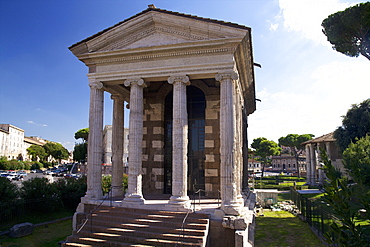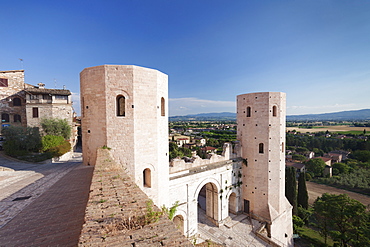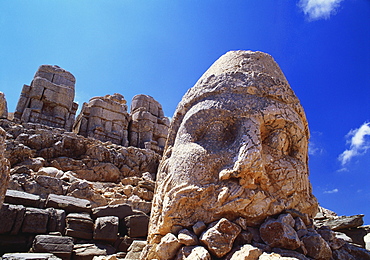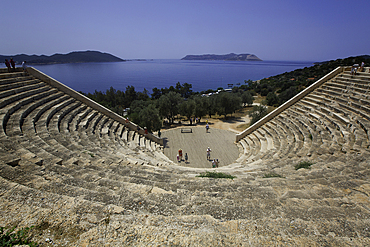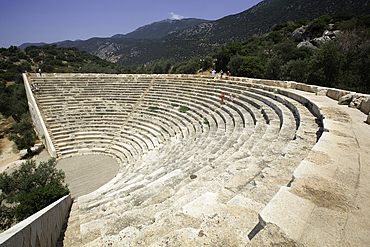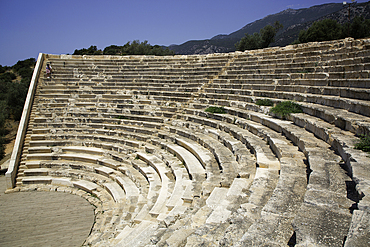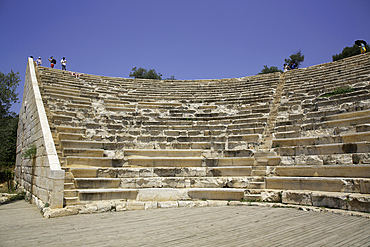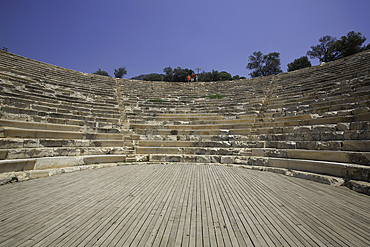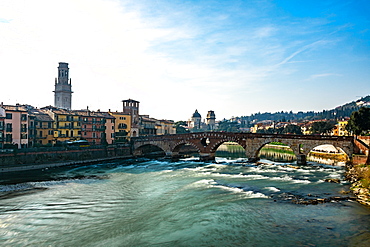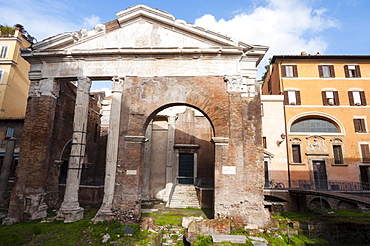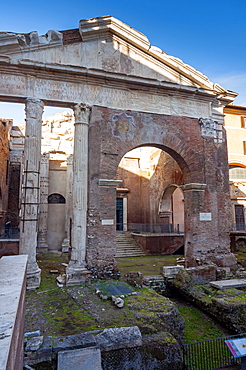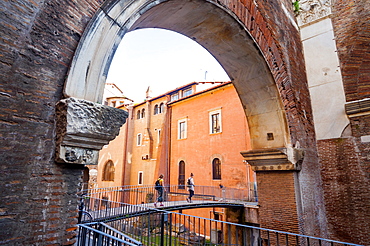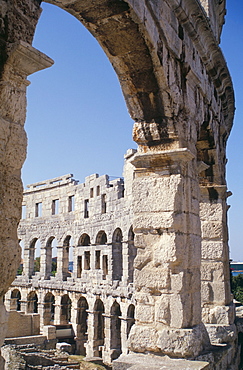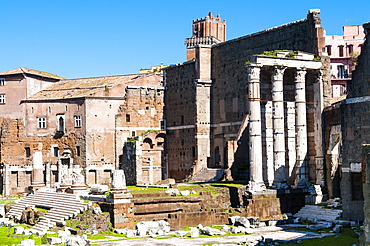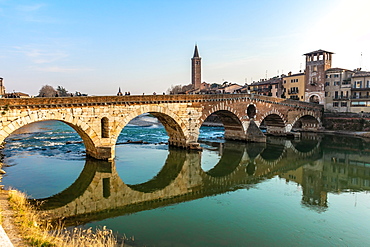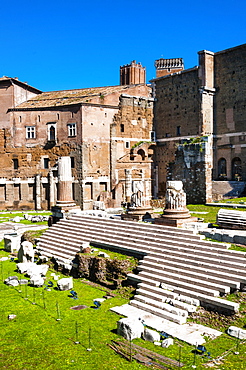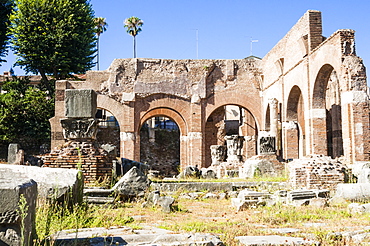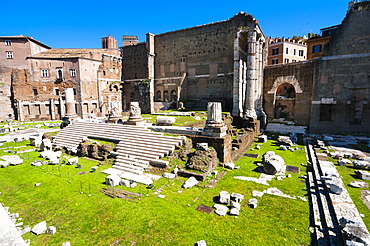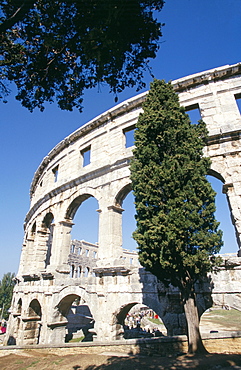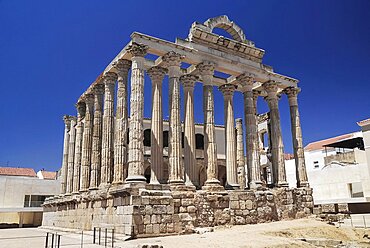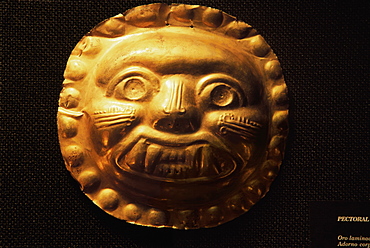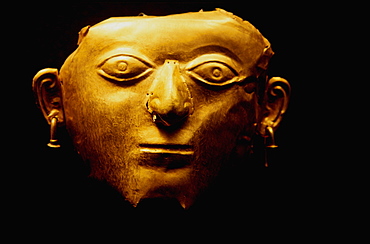Results
38 results found
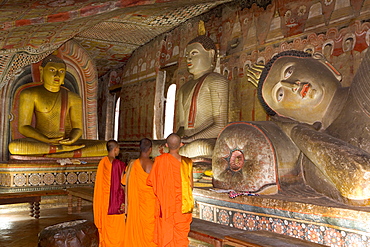
Maharaja Viharaya Cave (Temple of the King), Golden Temple, Cave Temples, UNESCO World Heritage Site, Dambulla, Sri Lanka, Asia
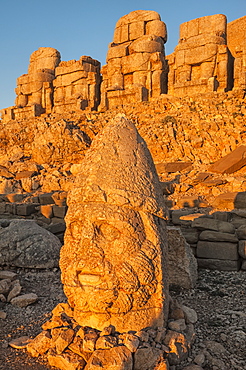
Head of Hercules, Mount Nemrut sanctuary, ruins of the Commagene civilization dating from the 1st century BC, Nemrut Dag, UNESCO World Heritage Site, Anatolia, Eastern Turkey, Asia Minor, Eurasia
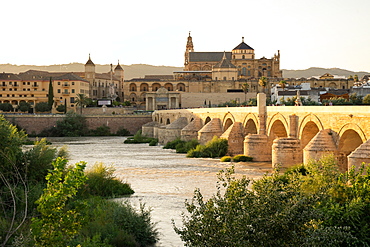
The Roman Bridge (Puente Romano) and The Great Mosque of Cordoba in the glow of sunset at golden hour, UNESCO World Heritage Site, Cordoba, Andalusia, Spain, Europe

The Treasury (Khaznat Far'oun), dating from the 1st century BC, at end of Siq, Nabatean archaeological site, Petra, UNESCO World Heritage Site, Jordan, Middle East
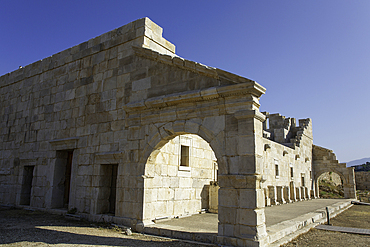
The Bouleuterion (Council House), 1st Century, Patara Ancient City (origins back to 5,500 BC), Patara National Park, Antalya, Turkey
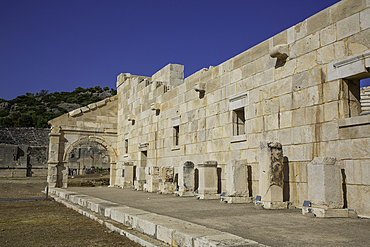
The Bouleuterion (Council House), 1st Century, Patara Ancient City (origins back to 5,500 BC), Patara National Park, Antalya, Turkey
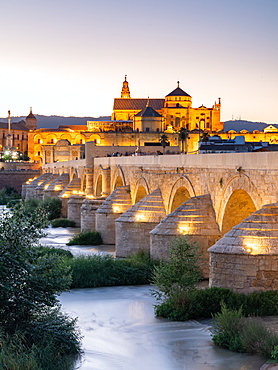
The Roman Bridge (Puente Romano) and The Great Mosque of Cordoba lit up during evening sunset, UNESCO World Heritage Site, Cordoba, Andalusia, Spain, Europe
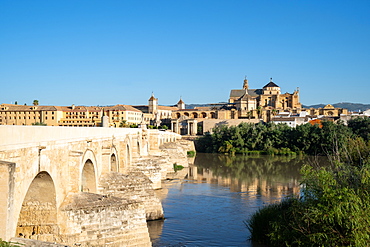
The Roman Bridge (Puente Romano) and The Great Mosque of Cordoba on a sunny day, UNESCO World Heritage Site, Cordoba, Andalusia, Spain, Europe
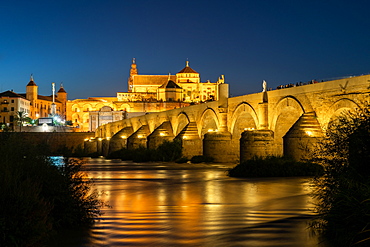
The Roman Bridge (Puente Romano) and The Great Mosque of Cordoba lit up during evening twilight at dusk, UNESCO World Heritage Site, Cordoba, Andalusia, Spain, Europe
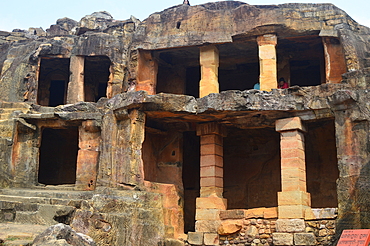
Alkapuri Gumpha Cave No 4 at Udayagiri and Khandagiri located in the outskirt of Bhubaneswar capital of Odisha these caves were built around 1st and 2nd century BC during the reign of King Kharavela of Kalinga dynasty for the abode of Jain ascetics.
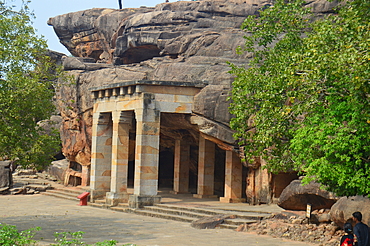
Hathi Gumpha Cave No 14 at Udayagiri and Khandagiri hills located in the outskirt of Bhubaneswar capital of Odisha these caves were built around 1st and 2nd century BC during the reign of King Kharavela of Kalinga dynasty for the abode of Jain ascetics.
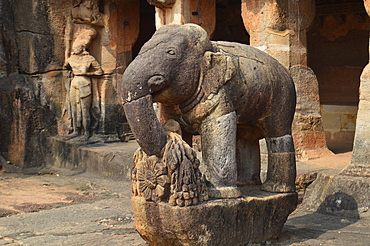
Elephant Statue at Ganesha Gumpha in Udayagiri and hills located in the outskirt of Bhubaneswar capital of Odisha these caves were built around 1st and 2nd century BC during the reign of King Kharavela of Kalinga dynasty for the abode of Jain ascetics.

Rani Gumpha 'Cave of the Queen'(cave no. 1) at Udayagiri and Khandagiri located in the outskirt of Bhubaneswar capital of Odisha these caves were built in 1st century BC during the reign of King Kharavela of Kalinga dynasty for the abode of Jain ascetics.
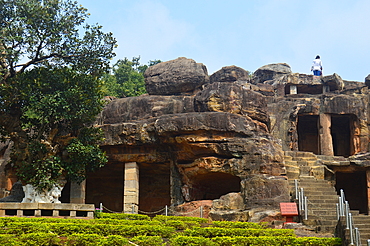
Jai Vijay Gumpha Cave No 5 at Udayagiri and Khandagiri hills located in the outskirt of Bhubaneswar capital of Odisha these caves were built around 1st and 2nd century BC during the reign of King Kharavela of Kalinga dynasty for the abode of Jain ascetics
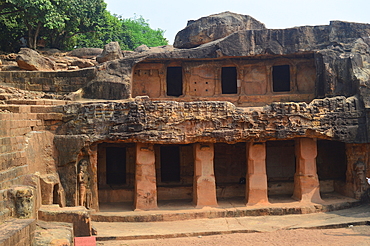
Mancapuri and Swargapuri Gumpha Cave No 9 at Udayagiri hills located in the outskirt of Bhubaneswar capital of Odisha these caves were built around 1st and 2nd century BC during the reign of King Kharavela of Kalinga dynasty for the abode of Jain ascetic
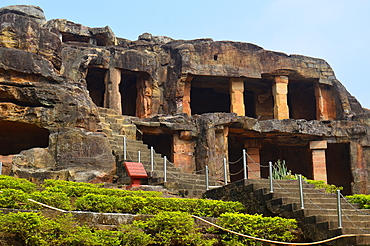
Udayagiri and Khandagiri caves located in the outskirt of Bhubaneswar capital of,Odisha these caves were made around 1st and 2nd century BC.King Kharavela of Kalinga dynasty built these caves for Jain monks to provide them a place to rest and meditate.
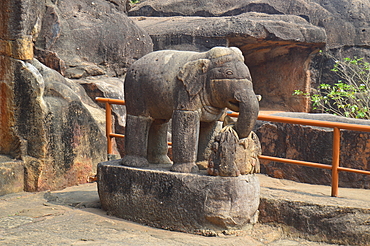
Elephant Statue at Ganesha Gumpha in Udayagiri and hills located in the outskirt of Bhubaneswar capital of Odisha these caves were built around 1st and 2nd century BC during the reign of King Kharavela of Kalinga dynasty for the abode of Jain ascetics.
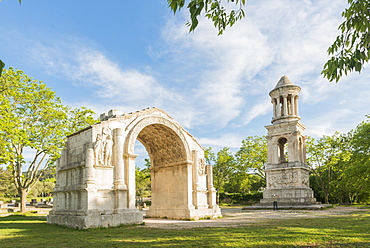
Triumphal Arch of Glanum and Mausoleum of the Julii, Saint-Remy-de-Provence, Bouches du Rhone, Provence, Provence-Alpes-Cote d'Azur, France, Europe
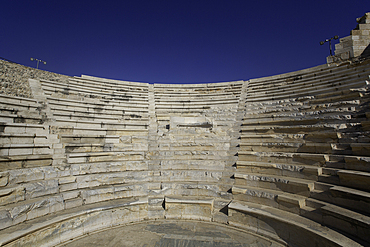
The Bouleuterion (Council House), 1st Century, Patara Ancient City (origins back to 5,500 BC), Patara National Park, Antalya, Turkey
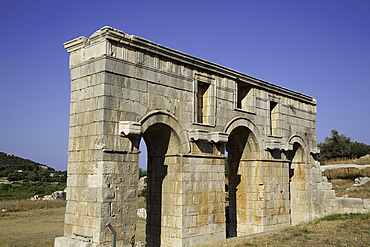
The Arch of Modestus, 1st Century AD, Patara Ancient City (origins back to 5,500 BC), Patara National Park, Antalya, Turkey
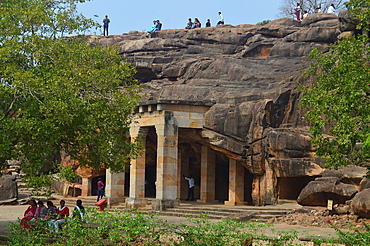
Udayagiri and Khandagiri caves located in the outskirt of Bhubaneswar capital of,Odisha these caves were made around 1st and 2nd century BC.King Kharavela of Kalinga dynasty built these caves for Jain monks to provide them a place to rest and meditate.
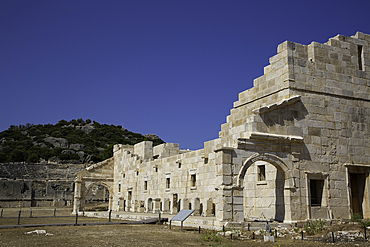
The Bouleuterion (Council House), 1st Century, Patara Ancient City (origins back to 5,500 BC), Patara National Park, Antalya, Turkey
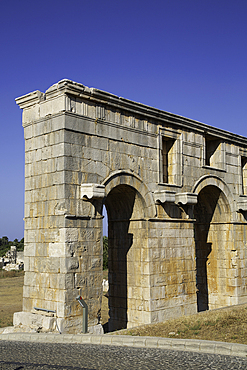
The Arch of Modestus, 1st Century AD, Patara Ancient City (origins back to 5,500 BC), Patara National Park, Antalya, Turkey
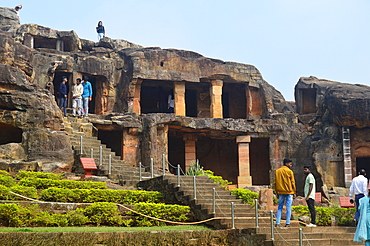
Udayagiri and Khandagiri caves located in the outskirt of Bhubaneswar capital of,Odisha these caves were made around 1st and 2nd century BC.King Kharavela of Kalinga dynasty built these caves for Jain monks to provide them a place to rest and meditate.
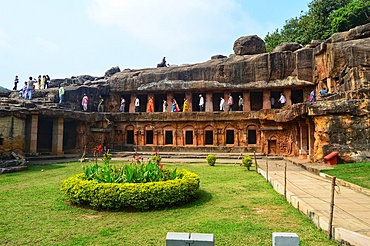
Udayagiri and Khandagiri caves located in the outskirt of Bhubaneswar capital of,Odisha these caves were made around 1st and 2nd century BC.King Kharavela of Kalinga dynasty built these caves for Jain monks to provide them a place to rest and meditate.
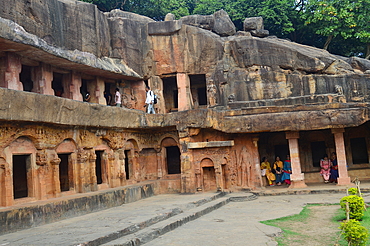
Udayagiri and Khandagiri caves located in the outskirt of Bhubaneswar capital of,Odisha these caves were made around 1st and 2nd century BC.King Kharavela of Kalinga dynasty built these caves for Jain monks to provide them a place to rest and meditate.
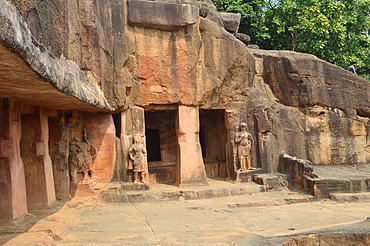
Udayagiri and Khandagiri caves located in the outskirt of Bhubaneswar capital of,Odisha these caves were made around 1st and 2nd century BC.King Kharavela of Kalinga dynasty built these caves for Jain monks to provide them a place to rest and meditate.
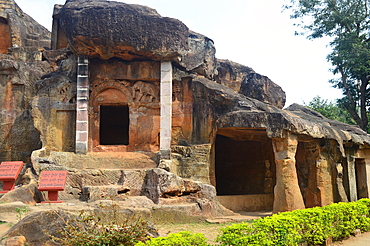
Udayagiri and Khandagiri caves located in the outskirt of Bhubaneswar capital of,Odisha these caves were made around 1st and 2nd century BC.King Kharavela of Kalinga dynasty built these caves for Jain monks to provide them a place to rest and meditate.
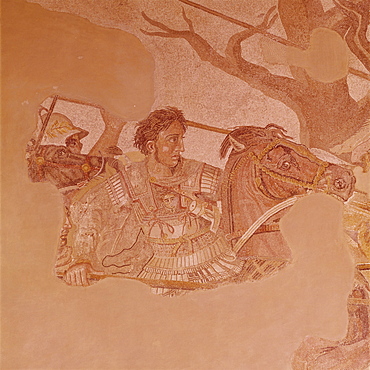
Pompeii mosaic of Alexander the Great dating from 1st century BC, Naples Museum, Campania, Italy, Europe

Roman amphitheatre built in reign of Augustus in the 1st century AD, capacity 15000, main city of Cyprus between 1075 BC and 650 AD, Salamis, North Cyprus, Europe
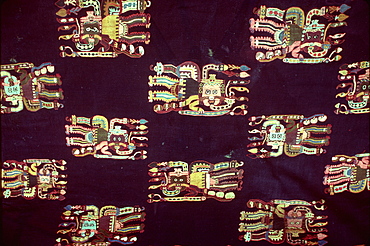
Paracas Culture, 300BC-100AD, funerary wrap with fantastic zoomorphic figures finest Pre-Columbian textiles Archaeology Museum, Lima, Peru
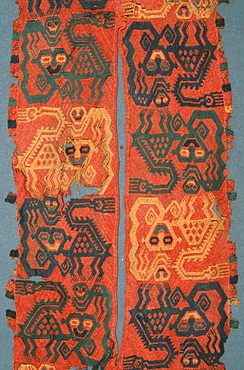
Paracas Culture, 300BC-100AD, funerary wrap with jaguar and monkey design on collar of mantle collection of the Museo Amano, Lima, Peru
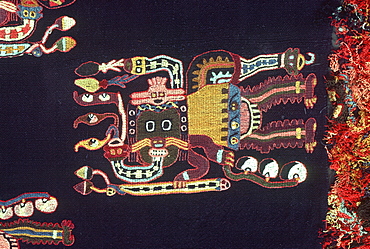
Paracas Culture, 300BC-100AD, funerary wrap with fantastic zoomorphic figures finest Pre-Columbian textiles Archaeology Museum, Lima, Peru
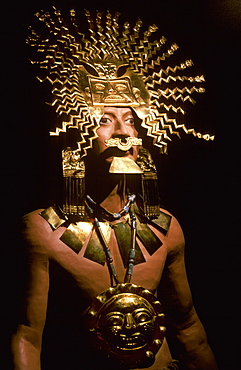
La Tolita Culture, c 500BC to 500AD Gold Diadem or Crown, in the collection of the Banco Central de Ecuador in Quito, North Coast, Ecuador
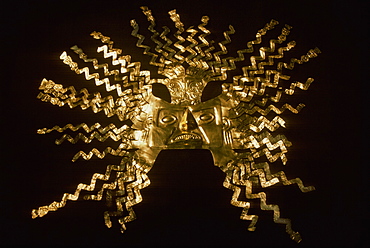
La Tolita Culture, c 500BC to 500AD Gold Diadem or Crown, in the collection of the Banco Central de Ecuador in Quito, North Coast, Ecuador

